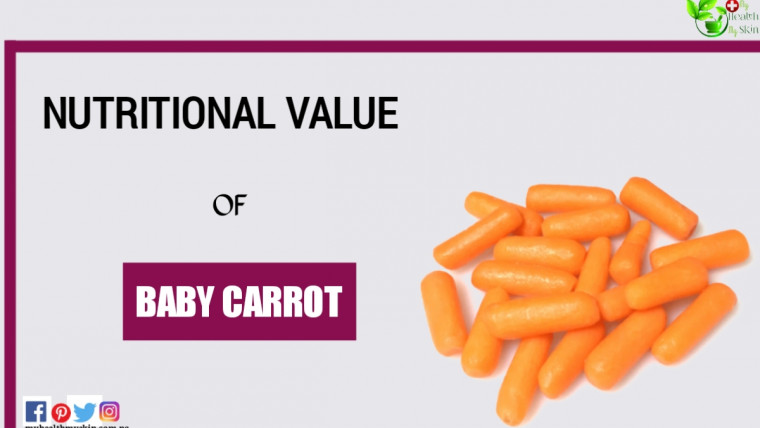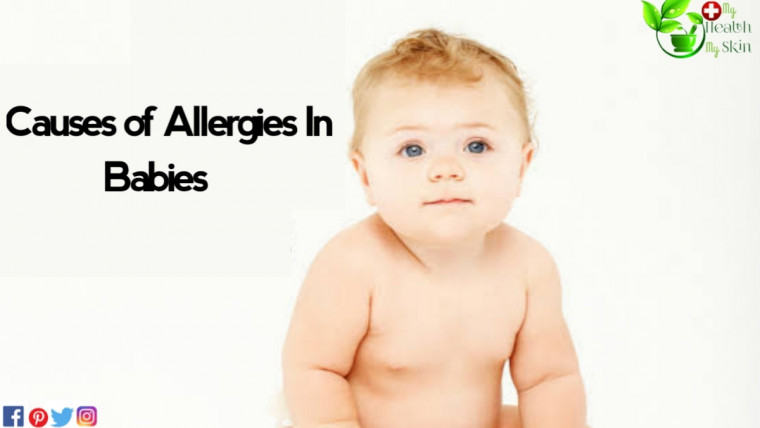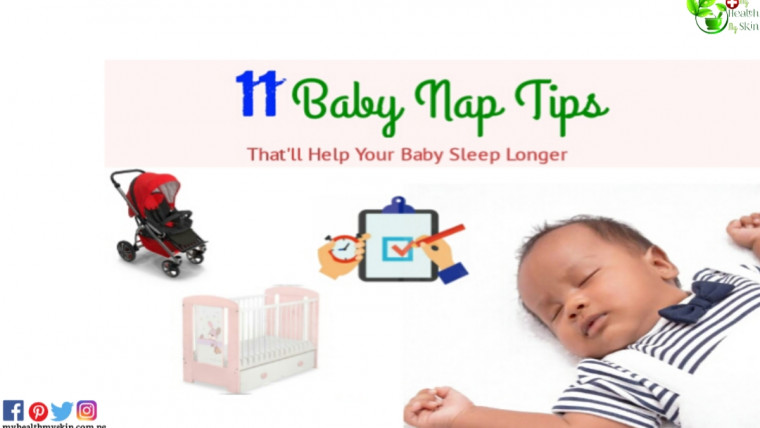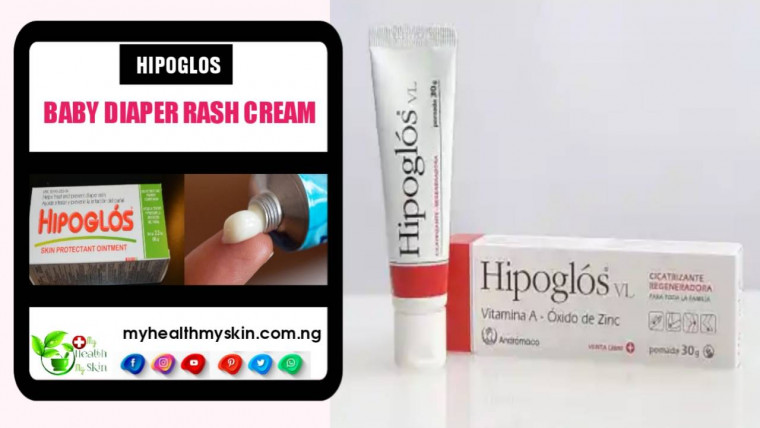The period of baby’s first teeth is rarely a long calm river and it is an ordeal that can last a little, a lot util finally, victory: the long-awaited little white quenotte appears outside the gum!
And, if one baby in about 2000 is born with already 1 or 2 teeth, it is rather around the age of 4 to 7 months that the majority of babies see their first tooth come out.
But red cheeks, diarrhea, grumpy baby, crying, teething are not fun, so how can you best relieve them?
[lwptoc]
What Treatment For Teething? How To Relieve Them?
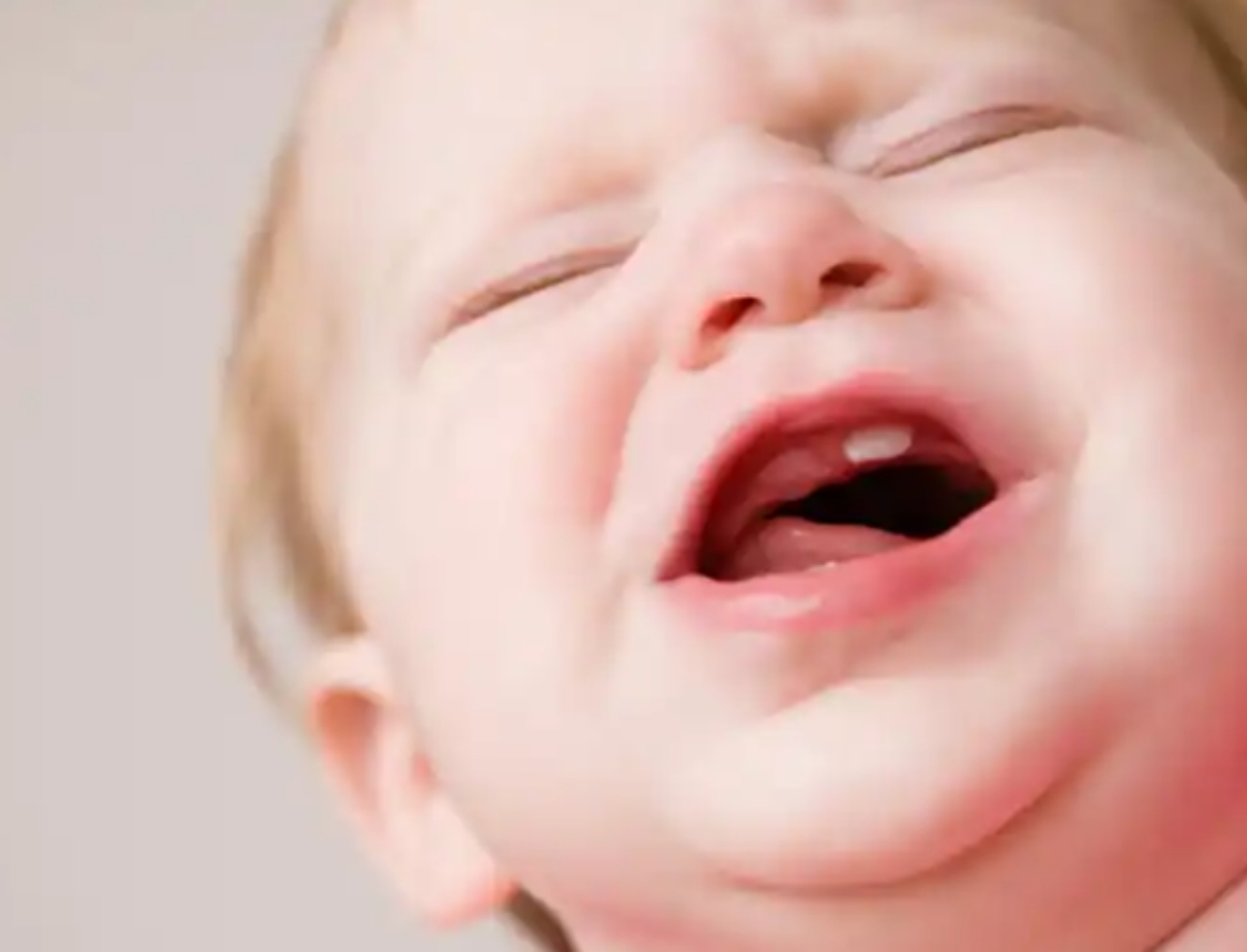
Most often, if a few simple measures are enough to relieve the symptoms of teething in infants, beware, however, of the few dangerous gestures that should be avoided.
Simple Gestures That Relieve
Sometimes simple gestures from parents are enough to reduce the discomfort of teething for a toddler:
1. Comfort and reassure him gently.
2. Wipe the face with a clean damp cloth and thermal water (Avene, La Roche-Posay) to prevent irritation due to saliva.
3. The gums can be rubbed gently with a perfectly washed finger or a clean, damp cloth, but above all do not use other techniques (see dangerous gestures).
4. A local pain reliever can be applied with a very clean finger, these first teeth gels have a calming and slightly anesthetic effect, but it is above all the gentle massage of these products and the massaging action that mainly relieves the baby the most.
5. A teething ring can be offered to the child. Choose it well, compliant and approved with the standards in force.
This very clean teething ring must have been put in the fridge (especially not in the freezer because it would then be too cold and could hurt the child instead of relieving it).
Having 2 is a plus because while one is used to relieve gums, the other cools in the refrigerator. The child can chew it.
Preferably choose a ring without liquid so that the part that contains it does not break when the baby chews.
6. If baby is already eating compotes or yogurts, giving him his food very cold helps with relief.
A Painkiller To Relieve
If the child is over 3 months old, it is possible to give him or her:
Paracetamol in the form of syrup or suppositories but always respecting the dosage according to the child’s weight: i.e 15 mg/kg every 6 hours.
Aspirin should NEVER be administered to children without medical advice.
If the child is less than 3 months old, give him ONLY paracetamol and in a dose that is always adapted to his weight.
What Not To Do To Relieve Teething
- Do not use products that are not suitable for the pain of teething and especially not purely anesthetic gels because they are dangerous if the baby swallows them because this then reduces the swallowing reflex allowing the baby to eat or drink his water and milk correctly.
- Do not rub the gums with a piece of sugar, bread, a spoon, which attack the gums even more and risk injuring the baby.
- Never pierce the gum to help the tooth come out.
- Do not place aspirin or other analgesic molecule directly on the gum.
- Do not rub the baby’s gums with alcohol.
- Be careful with amber necklaces because, in addition to their more than discussed effectiveness, there is a high risk of strangulation and more than 30 child deaths are attributable to them according to the Necker Hospital.
- Also be careful with excess teething biscuits because they do not really relieve but above all they contain sugar which as soon as the teeth come out can cause cavities.
Finally, teething does not explain everything and if certain symptoms are very evocative of the latter, it is important not to put everything on the account of the teeth.
It will be advisable to remain very careful in case of fever and especially of temperature higher than 38 ° C and which does not regress in 48 hours.
Diarrhea with strong watery stools is also not always linked to teething. These symptoms should not be treated lightly and if in doubt consult your pediatrician or doctor.
Teething: Most Common Signs
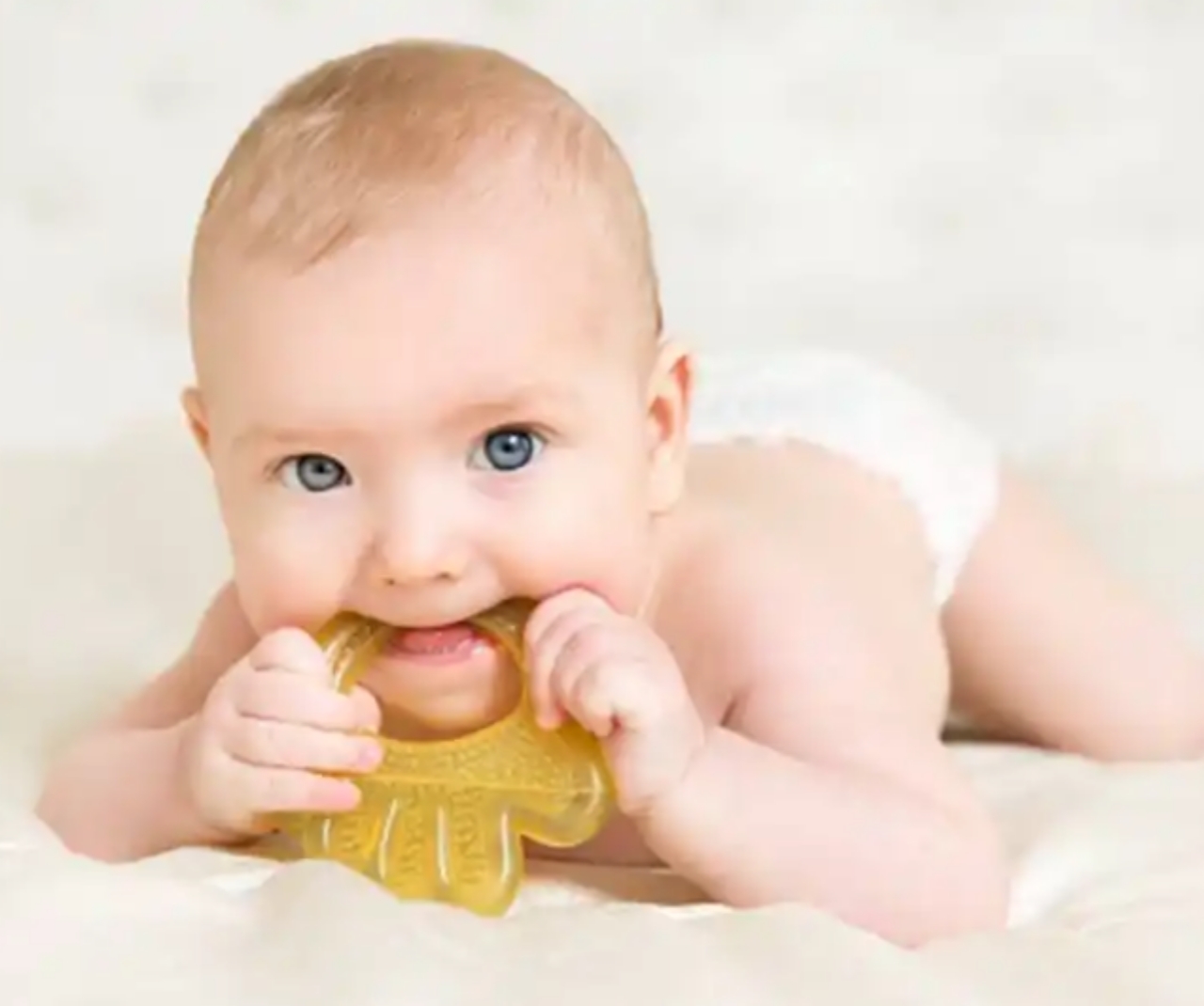
The first signs that are often very suggestive of teething are usually hyper salivation and a lot of pain ! The pain is due to the movements of the teeth in the jaw bone and/or when they pass through the gum.
The most common signs are:
1️⃣ Local inflammation: red cheekbones, swollen gums with sometimes a change in the color of the gums: appearance of a more swollen and darker area, where teething is supposed to take place.
2️⃣ Hyper salivation: It is necessary because it keeps the child’s mouth well hydrated and protects the gums during pushing.
3️⃣ A red and irritated chin due to hyper salivation may appear.
4️⃣ Digestive disorders with acidic, watery diarrhea and diaper rash are common: This is called false diarrhea because it is not due to a virus or bacteria.
5️⃣ Irritability: Baby is grumpy and cries easily.
6️⃣ Disturbed sleep linked to pain, it is then possible to raise the headboard slightly to relieve baby.
7️⃣ Loss of appetite.
8️⃣ Greater fragility and sensitivity to infections during this period (nasopharyngitis, otitis, bronchitis, fever, etc.).
However, the signs of teething vary from one child to another and even from one tooth to another.
Teething: Caution
if teething causes inconvenience in the child: it does not make him sick and does not cause illness as such and it must be remembered that teething does not explain everything!
It is therefore recommended to be careful when the child cries or seems in bad shape because teething does not cause a temperature higher than 38 and is not accompanied by a deterioration in general condition.
If the signs seem unusual or very serious, consult your doctor or a dental surgeon.
Teething: What Is It?
Teething is simply when the first so-called primary or temporary teeth, better known as “milk teeth”, are put in place in the mouth.
Teeth form inside the jaw bones, they gradually move out of them, then they cross the gum line before appearing in the child’s mouth.
These teeth continue to progress until the entire crown of teeth is visible.
Only the root of the teeth then remains in the jawbone. It is then the end of teething!
Teething: From What Age?
One baby in approximately 2000 is born with one or two teeth, but the 20 baby teeth most often form between 4 and 7 months and they are all present in general before the child is 3 years old!
Of course there are exceptions and variations in the ages of onset and each child develops at their own pace and if baby teeth appear late then don’t panic it doesn’t mean there is a problem!
The development of teeth being hereditary, if you had your teeth very early or very late, then there is a good chance that it will be the same for your child.
The baby teeth will only fall out when the child’s permanent teeth are ready to come out, around the age of about 6!
The first baby teeth to appear are generally the lower central incisors (front and bottom teeth) and the others come out gradually without any real established order.
If the baby teeth seem spaced out, there is no need to worry since this corresponds to the development of the jaw and these spaces will be occupied later by the larger permanent teeth.
However, these permanent teeth appear around 5 or 6 years old and until the age of 12 and around 18-20 years for the last teeth also called “wisdom teeth”.
These dental flares are then generally less spectacular than for babies even if pain related to these flares may be present.
Crying, disturbed sleep, a sad and grumpy baby and teething becomes a test for the whole family!
Then adopt the simple gestures to help him overcome this step of getting out of the little teeth and talk about it with your pharmacist who will be able to help you and guide you to relieve baby and restore all his serenity. To see more post on Children’s Health click here.
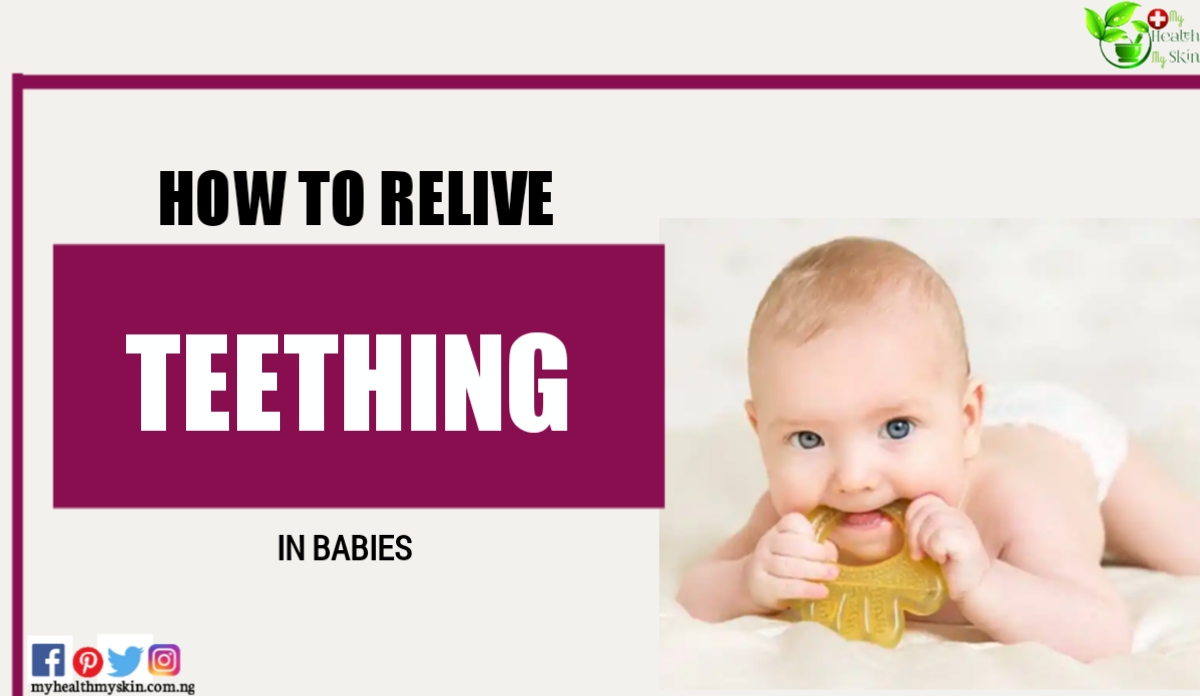
I Hope This Article “Baby Teeth: How To Relieve Teething” Was Helpful? Comment Below!


